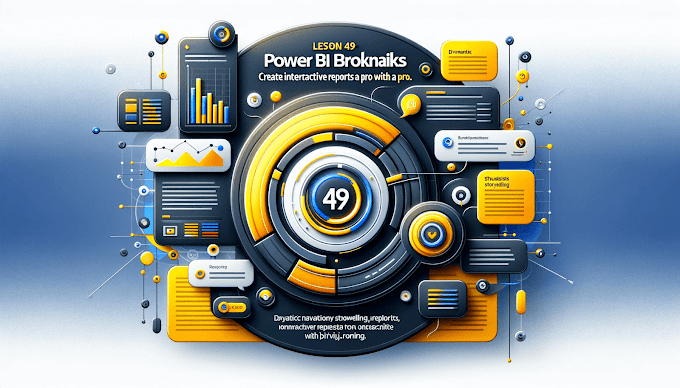Welcome back to Virvijay.com, your go-to resource for mastering Power BI! In our previous blog, we explored how to clean and transform data using Power Query. Now, it’s time to take that clean data and turn it into a compelling Power BI dashboard.
Dashboards are the heart of Power BI. They allow you to present key insights, KPIs, and trends in a visually appealing and interactive way. In this post, we’ll guide you through the process of creating your first dashboard step by step
What is a Power BI Dashboard?
A Power BI dashboard is a single-page canvas that consolidates data visualizations and insights into an interactive format. It serves as a dynamic snapshot of your data, helping you and your audience make data-driven decisions at a glance.
Key features of a Power BI dashboard:
- Displays a summary of key metrics.
- Supports interactivity, such as filtering and cross-highlighting.
- Pulls data from multiple datasets and reports
Step 1: Preparing Your Dataset
Before creating a dashboard, ensure you’ve cleaned and transformed your data in Power Query. For this example, let’s assume you have a dataset with sales data, including fields like:
- Date: Transaction date.
- Region: Geographical location of sales.
- Product: Product categories.
- Sales: Total sales amount.
Load this dataset into Power BI Desktop by clicking Home > Get Data > Excel Workbook (or another data source).
Step 2: Designing a Report
A dashboard in Power BI is built from visualizations created in the Report View. Here’s how to get started:
1. Add a Visualization
- Drag a field (e.g., Sales) from the Fields Pane to the canvas.
- Choose a visualization type from the Visualizations Pane, such as a bar chart or line chart.
2. Create a Chart
- For a sales trend, drag Date to the Axis and Sales to the Values field.
- Select a line chart to display how sales have changed over time.
3. Add Filters
- Use slicers to allow users to filter data interactively. For example:
- Add a slicer for Region so users can view data for specific areas.
- Add another for Product to filter by product categories.
4. Customize Visualizations
- Click on a chart to open the formatting options in the Visualizations Pane.
- Adjust colors, labels, and tooltips to make the visualizations clear and engaging.
5. Create Multiple Visuals
- Add complementary visualizations, such as:
- A bar chart showing top-performing regions.
- A pie chart displaying product sales distribution.
Step 3: Publishing Your Report to Power BI Service
Once your report is ready, publish it to the Power BI Service:
Click File > Publish > Publish to Power BI.
Sign in with your Microsoft account.
Select a workspace in Power BI Service to upload your report.
Step 4: Building the Dashboard
In the Power BI Service, follow these steps to create your dashboard:
1. Pin Visuals to a Dashboard
- Open your published report.
- Click the Pin icon on each visualization you want to include in the dashboard.
- Choose an existing dashboard or create a new one.
Arrange Visuals
- In the dashboard view, drag and drop visuals to arrange them logically.
- Resize them to prioritize important metrics.
Add Tiles
- Enhance your dashboard with additional elements like:
- Text boxes for titles or descriptions.
- Images or company logos.
- Web links to related resources.
Step 5: Sharing Your Dashboard
Share your dashboard with others to collaborate and communicate insights effectively:
- Click the Share button in the dashboard view.
- Enter the email addresses of your audience.
- Customize permissions to control their level of access.
Tips for Creating Effective Dashboards
- Keep It Simple: Avoid overcrowding your dashboard with too many visuals.
- Focus on Key Metrics: Highlight the most important KPIs for your audience.
- Use Interactivity: Include slicers and filters to make the dashboard dynamic.
- Test Usability: Review the dashboard on different devices to ensure it’s responsive and user-friendly.
What’s Next?
Congratulations on creating your first Power BI dashboard! In the next blog, we’ll dive into DAX (Data Analysis Expressions), the powerful formula language in Power BI that helps you perform advanced calculations and create custom metrics.
Final Thoughts
Dashboards are a powerful way to bring your data to life and tell compelling stories. By mastering the art of dashboard creation, you can turn complex datasets into actionable insights that drive better decisions.
At Virvijay.com, we’re committed to helping you master Power BI one step at a time. If you enjoyed this guide, share it with your network and let us know what topics you’d like us to cover next.
Happy dashboarding!
Write Us- Support@virvijay.com.

















